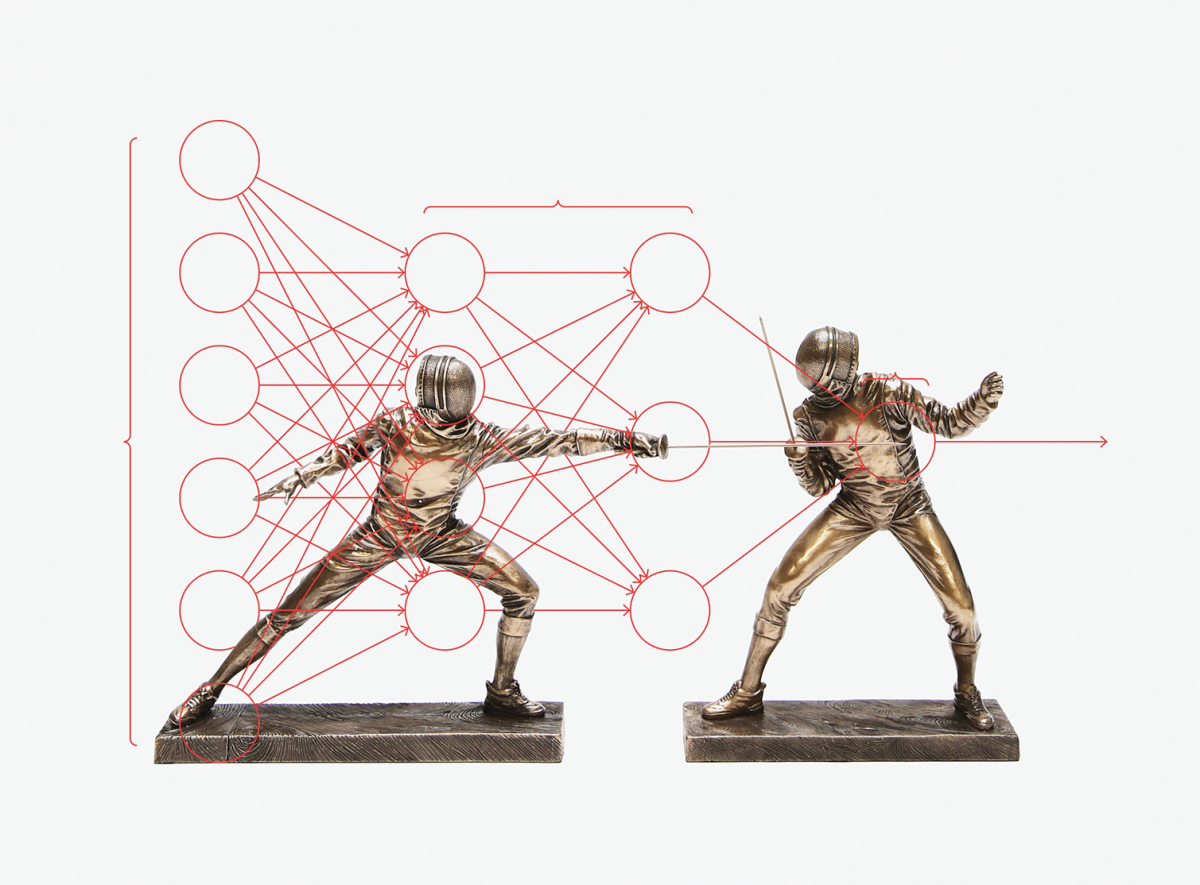Artificial intelligence is getting very good at identifying things: show it a million pictures, and it can tell you with uncanny accuracy which ones depict a pedestrian crossing a street. But AI is hopeless at generating images of pedestrians by itself. If it could do that, it would be able to create gobs of realistic but synthetic pictures depicting pedestrians in various settings, which a self-driving car could use to train itself without ever going out on the road.
-
Breakthrough
- Two AI systems can spar with each other to create ultra-realistic original images or sounds, something machines have never been able to do before.
-
Why It Matters
- This gives machines something akin to a sense of imagination, which may help them become less reliant on humans—but also turns them into alarmingly powerful tools for digital fakery.
-
Key Players
- Google Brain, DeepMind, Nvidia
-
Availability
- Now
The problem is, creating something entirely new requires imagination—and until now that has perplexed AIs.
The solution first occurred to Ian Goodfellow, then a PhD student at the University of Montreal, during an academic argument in a bar in 2014. The approach, known as a generative adversarial network, or GAN, takes two neural networks—the simplified mathematical models of the human brain that underpin most modern machine learning—and pits them against each other in a digital cat-and-mouse game.
Both networks are trained on the same data set. One, known as the generator, is tasked with creating variations on images it’s already seen—perhaps a picture of a pedestrian with an extra arm. The second, known as the discriminator, is asked to identify whether the example it sees is like the images it has been trained on or a fake produced by the generator—basically, is that three-armed person likely to be real?
From our partners:
Over time, the generator can become so good at producing images that the discriminator can’t spot fakes. Essentially, the generator has been taught to recognize, and then create, realistic-looking images of pedestrians.
The technology has become one of the most promising advances in AI in the past decade, able to help machines produce results that fool even humans.
GANs have been put to use creating realistic-sounding speech and photorealistic fake imagery. In one compelling example, researchers from chipmaker Nvidia primed a GAN with celebrity photographs to create hundreds of credible faces of people who don’t exist. Another research group made not-unconvincing fake paintings that look like the works of van Gogh. Pushed further, GANs can reimagine images in different ways—making a sunny road appear snowy, or turning horses into zebras.
The results aren’t always perfect: GANs can conjure up bicycles with two sets of handlebars, say, or faces with eyebrows in the wrong place. But because the images and sounds are often startlingly realistic, some experts believe there’s a sense in which GANs are beginning to understand the underlying structure of the world they see and hear. And that means AI may gain, along with a sense of imagination, a more independent ability to make sense of what it sees in the world.
This feature is written by Jamie Condliffe & originally appeared in MIT Technology Review.

















